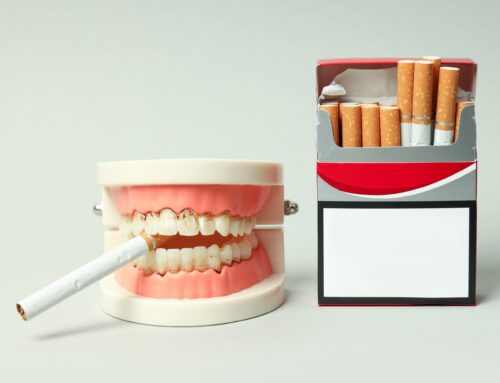For some people, tooth extraction can seem very scary. The thought of having a tooth pulled out of your mouth can be nerve-wracking, to say the least. But fear not, my friend, because tooth extraction doesn’t have to be a nightmare. In fact, it can be the solution to many dental problems, from severe decay to overcrowding. Let’s discover more about this procedure.
What is tooth extraction?
Tooth extraction is a dental procedure that involves the removal of a tooth from its socket in the jawbone. This procedure is usually performed when a tooth is severely damaged, decayed, infected, or overcrowded and cannot be repaired with other dental treatments such as fillings, crowns, or root canals. Tooth extraction may also be necessary for orthodontic treatment, to create space in the mouth for the remaining teeth to move into proper alignment.
Types of tooth extraction
There are two types of tooth extractions:
- Simple extractions are conducted on visible teeth that may be readily removed with forceps.
- Surgical extractions are more complex and require an incision in the gum tissue to access the tooth. This type of extraction is usually performed on teeth that are broken off at the gum line, impacted, or located in a difficult-to-access area.
Is tooth extraction painful?
The answer is that tooth extraction isn’t always painful, and the level of discomfort can vary from person to person.
- Usually, dentists give the patients local anesthesia, so they don’t feel pain during the procedure. However, some patients may feel discomfort with an anesthetic injection, which can feel like a pinch or a mild sting.
- During the extraction process, our dentists will use a special tool to loosen the tooth and then remove it. Patients may feel some pressure and tugging sensations during this time, but they should not feel any pain. If a patient experiences pain, our dentists can administer more anesthesia to ensure they are comfortable.
What’s after the extraction?
As the anesthesia wears off, patients may suffer some pain and discomfort. This is because the swelling and tendering area around the tooth, and the gums may bleed for a short period. The level of discomfort can vary, but over-the-counter pain medication can usually help manage any pain or discomfort.
In some cases, dentists may prescribe stronger pain medication to help manage pain. You should follow the dentist’s instructions carefully and avoid activities that may cause the blood clot in the extraction site to dislodge, such as smoking or drinking through a straw.
Are all extractions the same?
It’s important to note that not all extractions are the same, and some may be more complex than others. If a tooth is impacted or has multiple roots, the extraction process may take longer and require more effort, which can increase the likelihood of discomfort.
Schedule an appointment with one of our experts now.







Leave A Comment